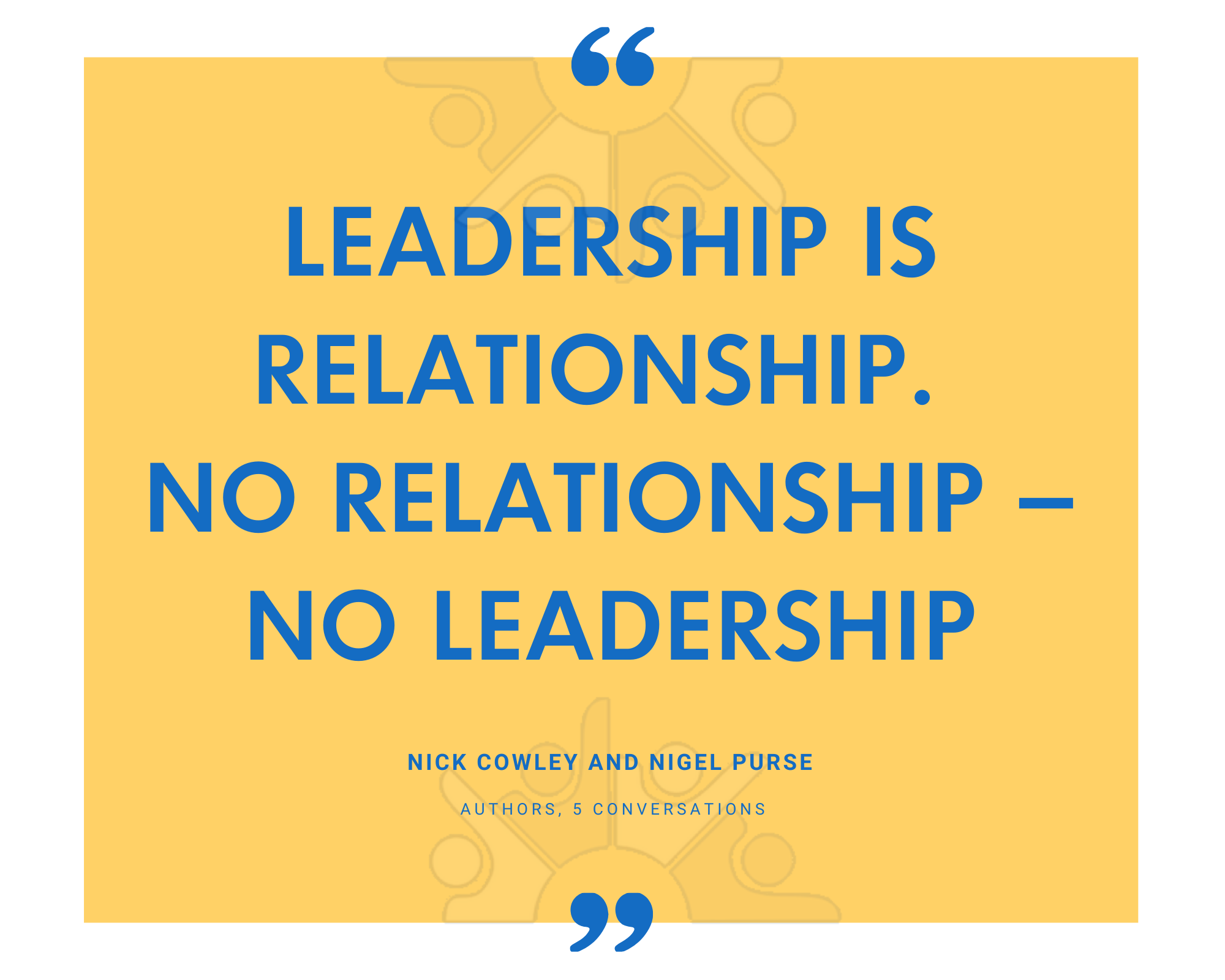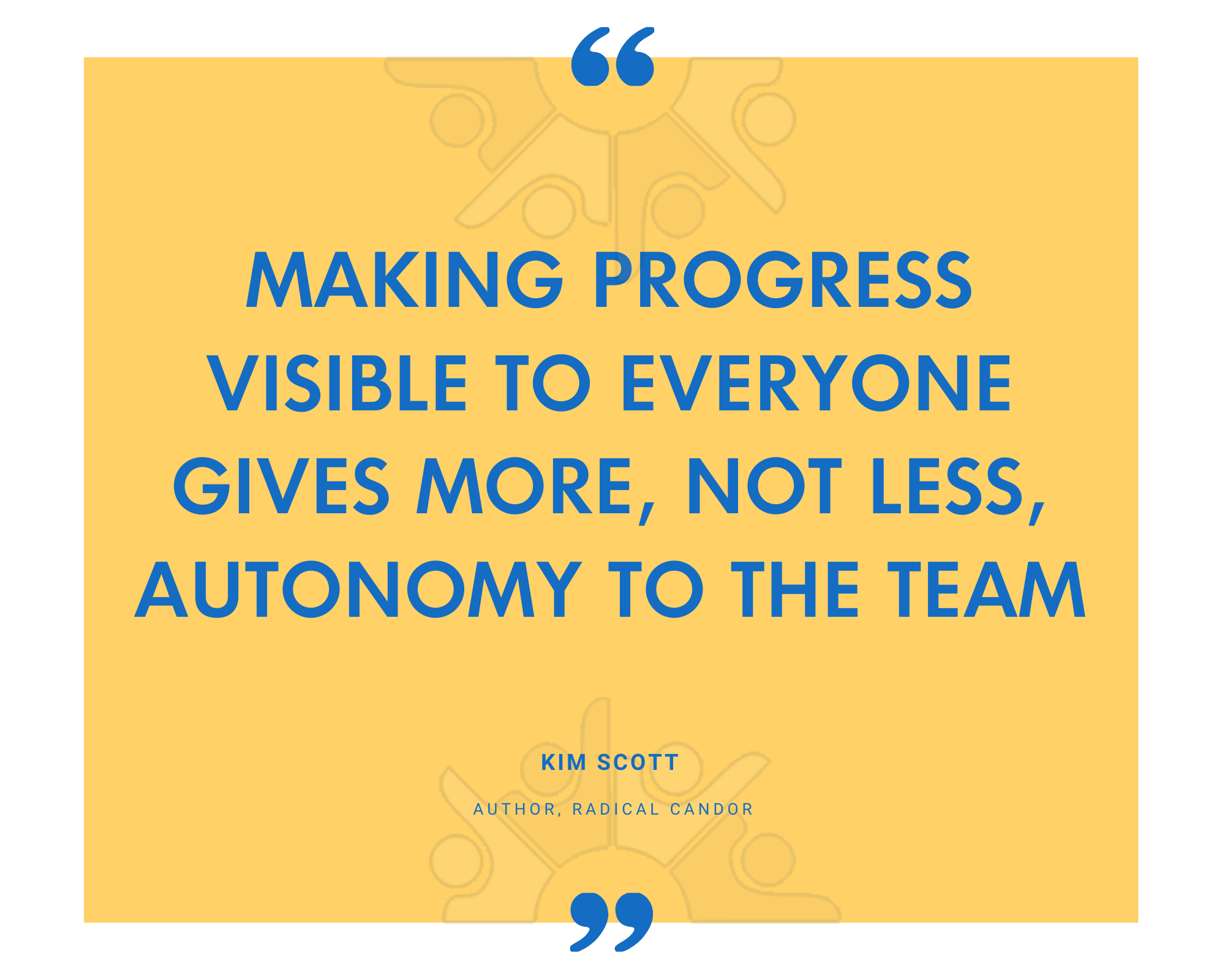Implementing continuous feedback as part of your performance management systems can seem like a daunting task. But in a fast-paced modern workforce with employees often spread across multiple sites or working remotely, it’s an essential process for improving engagement and productivity.
Follow these steps to make continuous feedback a core mechanism in your company.

“The way we talk to one another in organizations is a critical differentiator of success … Managers and leaders cast long shadows and they introduce patterns of discourse that give permission for others to adopt the same habits … The quality of conversation could not be more important in the modern age.”
Establish a culture of continuous feedback
Creating a culture that values high-quality conversations at every level of the hierarchy, and not at just prescribed moments between managers and employees, is critical if you want your company to successfully implement continuous feedback.
Healthy company culture should be built upon honesty and openness, as holding people to a level of transparency can have a number of benefits. Transparency can put a stop to office politicking and dishonest behaviour, and openly sharing criticism – while difficult for some employees to adjust to – will improve communication and subsequently your company’s performance.
Listening should also be an ingrained component of your company’s culture if you wish to implement continuous feedback. Providing them with a system where they can log ideas and voice complaints helps to strengthen the exchange of ideas and solutions as a core cultural value.

What makes feedback effective
Before you give feedback, you need to ensure it is framed in a way so that it is understood correctly and the person knows how to transform it into action. Here are some key principles you can follow to help keep your continuous feedback constructive and on point:
- Share feedback frequently and keep it in context
- Make the feedback realistic in its expectations
- Ensure the feedback aims to achieve a specific outcome
- Deliver it with respect for the recipient
- Make sure it is a two way conversation – not a lecture
- Express your feedback as a perspective, offering a point of view rather than an absolute truth
- Offer a clear opportunity for following up
With these rules of thumb established, let’s examine some continuous feedback tactics in more detail.
Give feedback immediately
Giving feedback immediately is crucial for creating an environment of continuous feedback, despite the temptation to put feedback off, particularly if you are trying to delay or avoid a confrontational situation, as is frequently the case when delivering negative feedback.
Waiting might be the easy option, but if you don’t deal with feedback as soon as possible the potential benefits from the feedback will be lost. Immediate feedback doesn’t need to come in the form of a formal meeting – it may be a case of simply chatting with the employee for two or three minutes in an informal manner to cover the pertinent feedback while it is still fresh in your mind.
Stop, Start, Continue
Stop, Start, Continue meetings are a great way for leaders and employees to clarify what isn’t working, what new tasks or processes need to be introduced and what is working well, helping employees across the company hierarchy to better understand how to adjust their work.
At Netflix, Stop, Start, Continue team meetings are used to help improve transparency, with recognition of the importance of openness rippling throughout the company, from the executive level down through teams and their individual members.
Hold regular check-ins and 1-2-1s
The lifeblood of effective continuous feedback in the modern workplace are the regular check-ins and 1-2-1s managers hold with their direct reports. These are the meetings that keep a finger on the pulse of your business, highlight problem areas before they get out of hand and encourage continuous discourse to maximize the effective accomplishment of targets.
With research from Gallup indicating that 98% of employees fail to be engaged at work when managers give little or no feedback, building a consistent policy of regular catch up meetings and 1-2-1s helps to reduce your engagement deficit, orienting managers as to the needs of their employees and improving job satisfaction and productivity.
Meeting cycles

In her book Radical Candor, Kim Scott outlines the following types of meetings you should consider scheduling for your employees:
- 1:1 Conversations
- Staff Meetings
- Think Time
- “Big Debate” Meetings
- “Big Decision” Meetings
- All-Hands Meetings
- Meeting-Free Zones
- Kanban Boards
- Walk Around
The cycle of these meetings allows for a process in which listening and clarification lead to open debate before decisions are made, persuasive cases put forwards for execution, finishing with time to reflect and learn from the process.
Using Kanban boards is a great way to make this workflow more visible, highlighting activities and work in progress so that your teams can identify and resolve issues before they negatively impact results. While traditionally a board with post-it notes was used for this process, nowadays there are comprehensive performance management suites you can use to effectively input, track and monitor these processes.





